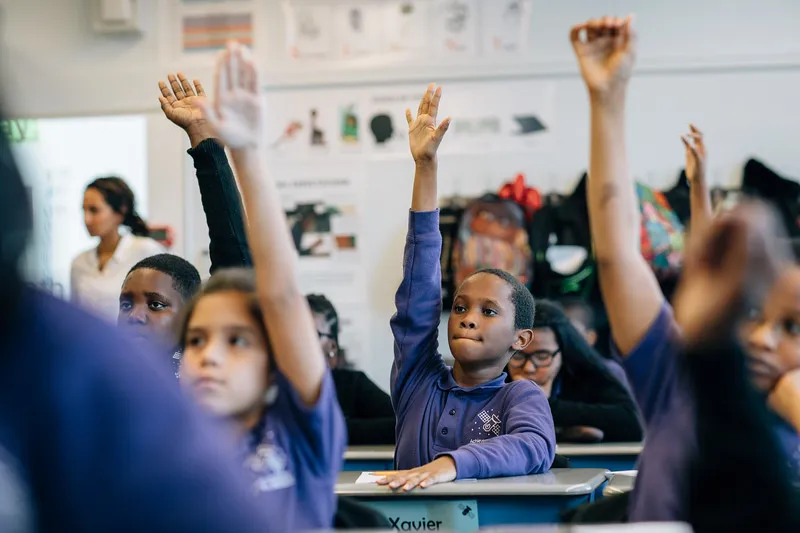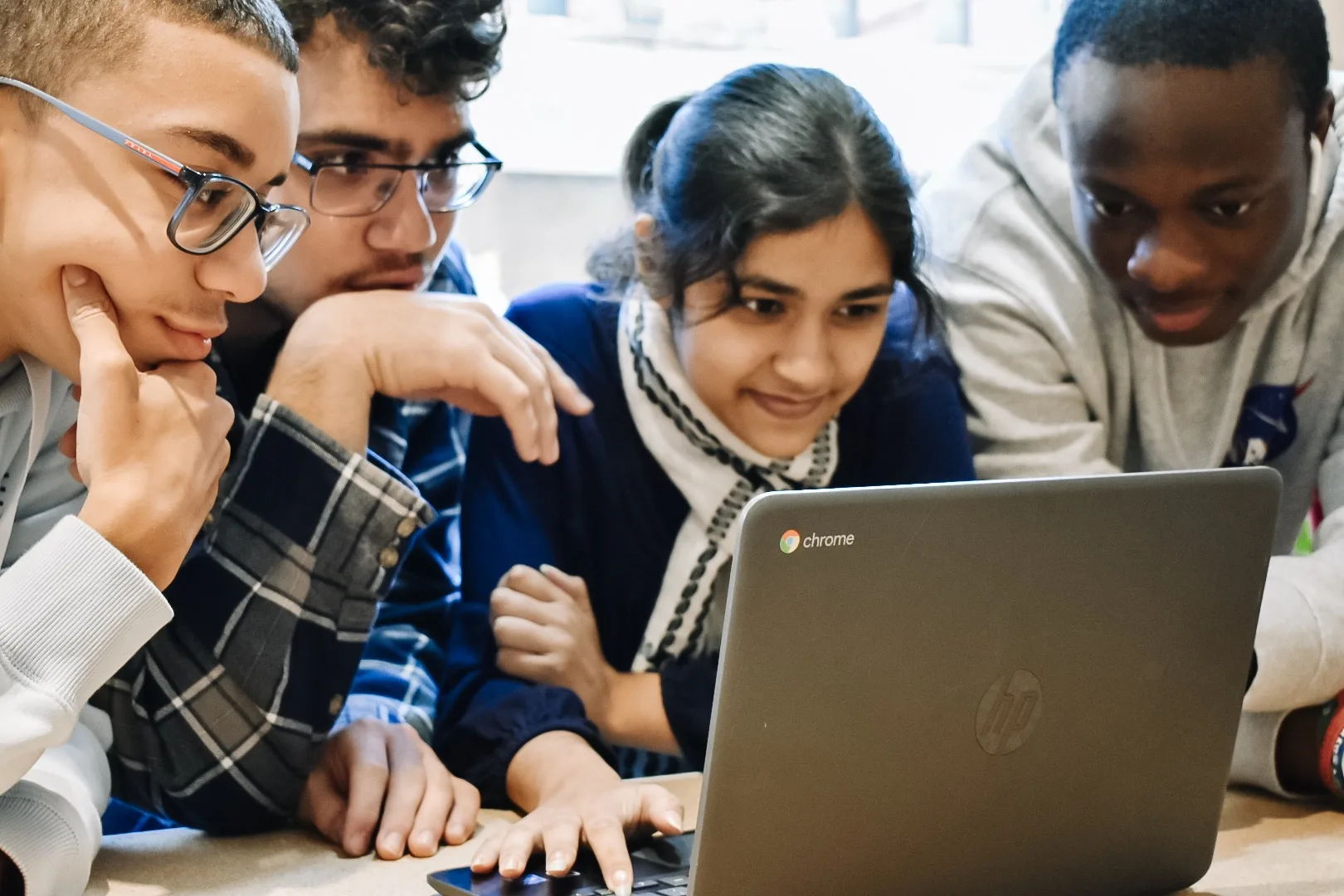Sep 16, 2020
An Opportunity to Support True, Collective Innovation in Education
By Amber Oliver, Managing Director at the Robin Hood Learning + Technology Fund

We don’t know exactly what this school year holds, but it is safe to say that it won’t look like the school days we all remember. This global crisis has opened up the door to two opportunities: one for educators and the organizations that support them to think differently about their work and the students they serve, and another for funders and philanthropists to support the necessary changes needed for innovation to thrive in the classroom. These adjustments are critical if we are to close the opportunity gap that disproportionately affects students of color and those living in poverty to ensure no one is left behind.
This spring, we witnessed thousands of different distance learning pilots running in schools all across the country. The extraordinarily difficult period from March to June introduced a sort of shared empathy across the system, with more space for teachers and students to try and try again. This learning orientation provided an affordance our education system had not previously embraced. How do we continue to leverage this opportunity mindset to help teachers achieve the ultimate goal of delivering on their students’ needs while giving students the flexibility to learn when, where and how they learn best?
This is an opportunity for educators to embrace and emulate the rapid iterative prototyping approach that has become the mainstay for advancement and innovation in our start-up-driven economy, while leveraging technology to expand the way our children develop and learn.
As an example, four high-poverty middle schools in New York City working with the EdTech nonprofit, CommonLit, used the spring to improve not only how they deliver instruction virtually, but also how they engage families. At Pelham Gardens Middle School in the Bronx, teachers used student engagement data to suggest modifications to materials so students could continue learning even when they could not benefit from direct teacher instruction or parental support; which is an urgent need given that 15 percent of all students, and 30 percent of students living in poverty, lack internet access at home.
And when parent traffic surged tenfold in one weekend, CommonLit’s engineering team used this insight to design a new parent landing page and to develop features like Spanish read-aloud and touch-screen optimizations to support access on cell phones. Both the schools and CommonLit made progress in ways that enabled them to respond to this moment, but also positioned them for deeper learning and engagement once the pandemic passes.
Like so many of our fellow funders, we at the Robin Hood Learning + Technology Fund are doing our best to ensure our New York City partners are supported and able to respond to the myriad of challenges this pandemic has brought. We have partnered with leaders across the education space to provide comprehensive trainings for teachers to shift to virtual instruction. We have pivoted our programs to allow for maximum flexibility so that none of our partners needs to fear losing funding because they missed a now unreachable milestone. Most importantly, we’ve convened and collaborated to ensure we are listening to our community and supporting them through the iterations required for this present challenge.
Funders and philanthropists can help by providing schools and organizations with concentrated support for innovation, so they do not need to choose between reinvention and survival. If the goal is to come out of this pandemic better than before, we need to also provide the funding to support the genesis of a new reality: one where schools are bastions of learning in service of equitable opportunity; where schools have accurate data and use it to inform practice; where we have a deeper understanding of technology’s role in teaching and learning; where all children have access to high-quality instructional materials; where connective tissue exists between classrooms and homes so that we really can learn anytime, anywhere; where we are able to tailor instruction to the individual needs of each student and close the opportunity gap; and where the whole child is considered and supported in our learning objectives.
We have a responsibility to use this time to build a system that is agile enough to respond to the needs of every student, especially those students who need us most. But to do this we must intentionally enact innovation with the goal of redressing the systems that have perpetuated inequities. In short, we must foster the conditions needed to ensure this moment is characterized not just by immeasurable loss, but also by incredible inclusive growth.
